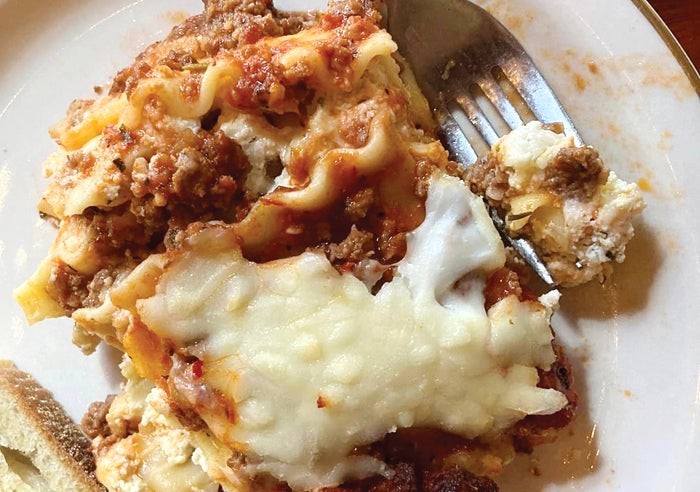Grow, prepare butternut squash this holiday season
Published 12:00 am Tuesday, November 12, 2013
As the holiday season approaches, calls start to flood the Rowan County Cooperative Extension office inquiring about recipes, decorations and information about growing a few crops.
In this mini series Family and Consumer Science agent Toi Degree and Local Food and Horticulture agent Danelle Cutting will provide some recipes, hints and details about how to grow some holiday favorites throughout the season.
Butternut squash is a great addition to any garden. They are very versatile and can be used in decorations or make excellent culinary dishes.
To start off growing your own butternut squash you need to select a site that receives full sun. Once your site has been selected you should get a soil sample, this will help determine what your soils pH is and what nutrients are deficient or excessive.
Soil sample information can be picked up at your local Cooperative Extension office. Like most garden vegetables butternut squash enjoy a pH of a 6-6.5.
This is slightly acidic, but most of Rowan County’s clay soils are acidic and could possibly require lime to reach the optimum growing conditions for butternut squash.
If your soil sample states that your pH is low you should apply or incorporate lime during the fall, winter or early spring at your growing site.
Liming your garden can take a considerable amount of time to raise the pH of your soil, that’s why getting an early start can help in the long run.
You can grow butternut squash from seed or transplants and one can try multiple varieties to see which suits their tastes or decorative needs.
Planting can be done after the last frost which is typically around April 15, for decorative butternut squash planting should be done in late June or July to have a crop good enough for the fall festivities.
For more information on growing your own butternut squash, contact your local Cooperative Extension agent.
Butternut squash being a winter-squash member are readily available in the markets beginning in September until the middle of December. Since butternuts as well as many fruits are grown in many countries including the US and South America, they can be easily found throughout the year.
When selecting a squash look for well-grown whole butternut squash instead of its sections. Be sure to look for mature a product that features a fine woody note when tapped and is heavy when held in hand. The butternuts stem should be stout and firmly attached to the fruit.
You want to avoid those with wrinkled surface, spots, cuts and bruises.
Once at home, well-ripen squash can be stored for many weeks in cool, humid-free, well-ventilated place at room temperature.
However, cut sections should be placed inside the refrigerator where they keep well for a few days.
Before cooking butternut squash or any fruit and vegetable they all must be washed; therefore wash them thoroughly under running water in order to remove dust, soil and any residual insecticides/ fungicides.
If you want a meatier squash, buy the long neck butternut fruit as they will contain more meat and fewer hollow cavities and seeds.
When preparing cut the stem end and slice the whole fruit into two equal halves. Remove central net-like structure and set aside seeds.
Select your desired size that you would like to cut the fruit into, which are generally wedges or small cubes. For the most part almost the entire butternut squash plant is edible; fruit, flowers and seeds.
Like other squashes and pumpkin alike, butternut is very versatile and can be made into soups, casseroles, pies and salads as well as baked and roasted.
The recipe listed here is classic butternut squash soup that has a few upgrades to make this an easy winter favorite. In this recipe you may use chicken broth instead of water and chicken bouillon and cream cheese to make it rich and creamy.
Note: This is the first story in the “Grow and Eat Holiday Series” from the Rowan County Cooperative Extension.





